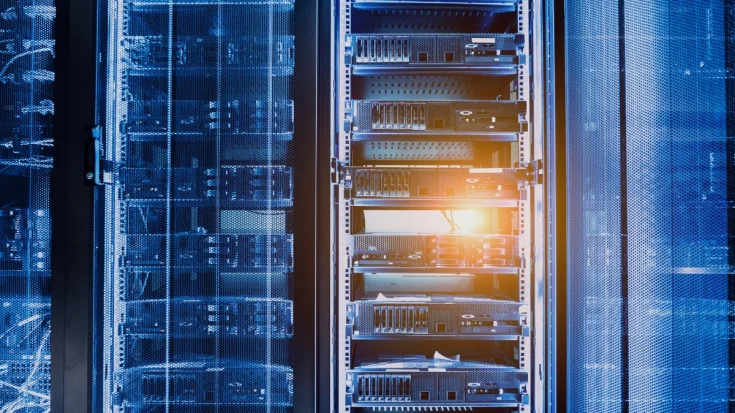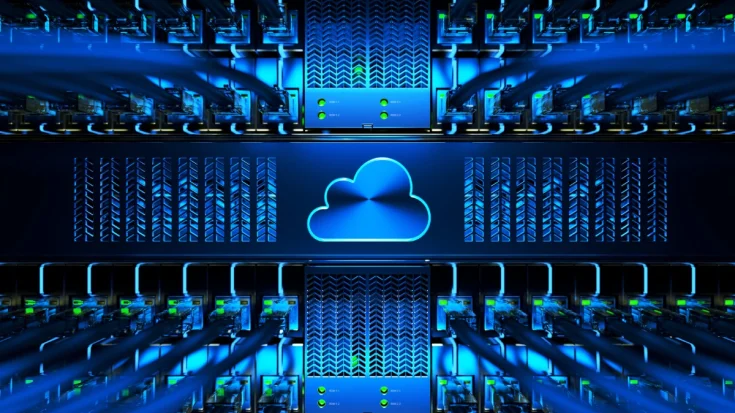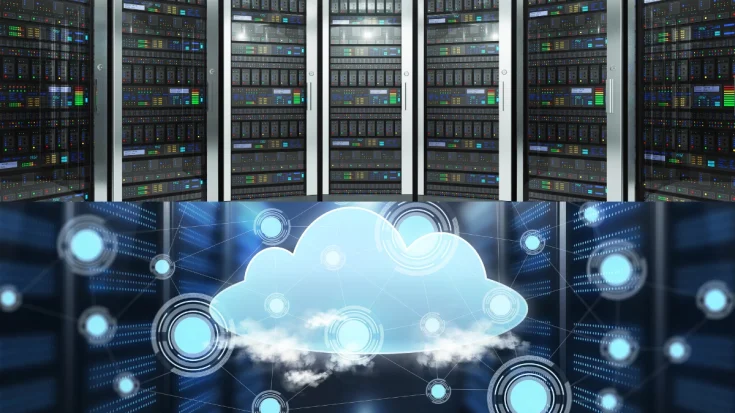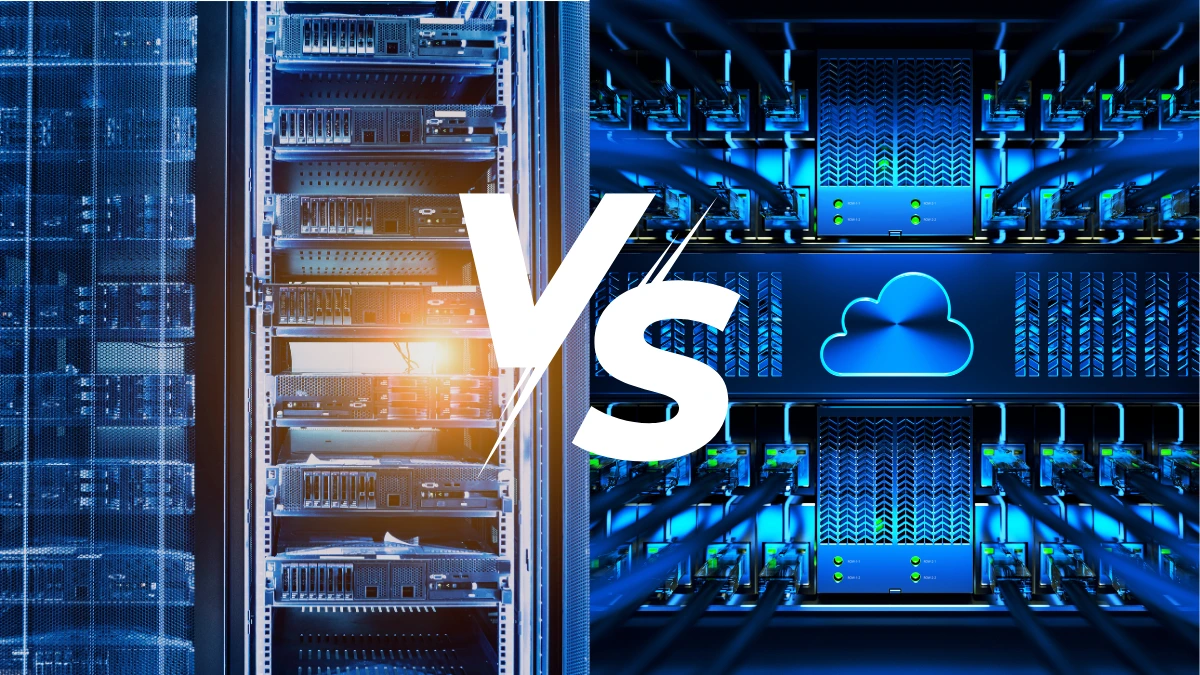Physical server and virtual server are the keys to provide a digital service center to other computer devices connected through a network. Although both maximize network connectivity, physical server and virtual server have some significant differences.
The differences between physical server and virtual server are several aspects such as architecture, resources, efficiency, scalability, flexibility, cost, and security.
This article will delve into the important differences between physical server and virtual server to provide a good network security.
Also Read
Table of Contents
What is a Physical Server?

A physical server is a type of server in the form of hardware such as a motherboard, CPU, memory, and storage, as well as an operating system that manages these resources.
The device stands alone in performing its operations. Usually physical servers, used by large companies to have the capacity and full control of the operating system.
What is a Virtual Server?

A virtual server is a type of server that is the result of virtualization technology. Multiple virtual servers can simultaneously run on a single physical device. Because it does not require multiple physical devices to run multiple services, virtual servers are more efficient in space, cost, and maintenance.
Difference Between Physical Server and Virtual Server

The physical server and virtual server are the types of server that have some differences. Here are five fundamental differences between physical server and virtual server:
1. Architecture
Physical server: A single hardware device that runs the operating system.
Virtual server: Software that runs multiple virtual servers simultaneously on top of a physical server.
2. Resources
Physical server: Hardware resources that are fully dedicated to a single server.
Virtual server: Hardware resources that are shared across multiple virtual servers.
3. Efficiency
Physical server: Inefficient, as each physical server can only run one operating system.
Virtual server: More efficient, as multiple virtual servers can run on one physical server.
4. Scalability
Physical server: Scalability is not easy, upgrades or downgrades require hardware changes that require additional installation time and cost.
Virtual server: Easy scalability, can be increased or decreased according to needs.
5. Flexibility
Physical server: Less flexible, as configuration changes require physical investment.
Virtual server: Very flexible, allowing instant configuration changes.
6. Cost
Physical server: Requires investment in hardware, operational costs, and maintenance.
Virtual server: Cost-effective due to reduced hardware costs and power consumption.
7. Security
Physical server: More secure as access control can be done physically.
Virtual server: Less secure, vulnerable to attacks if security is not managed properly.
That’s the difference between physical server and virtual server that can be a consideration in choosing one according to your personal needs.
If you need a high level of server security, a physical server is a good choice. However, if you need flexibility of use and simplicity, you can choose a virtual server.











